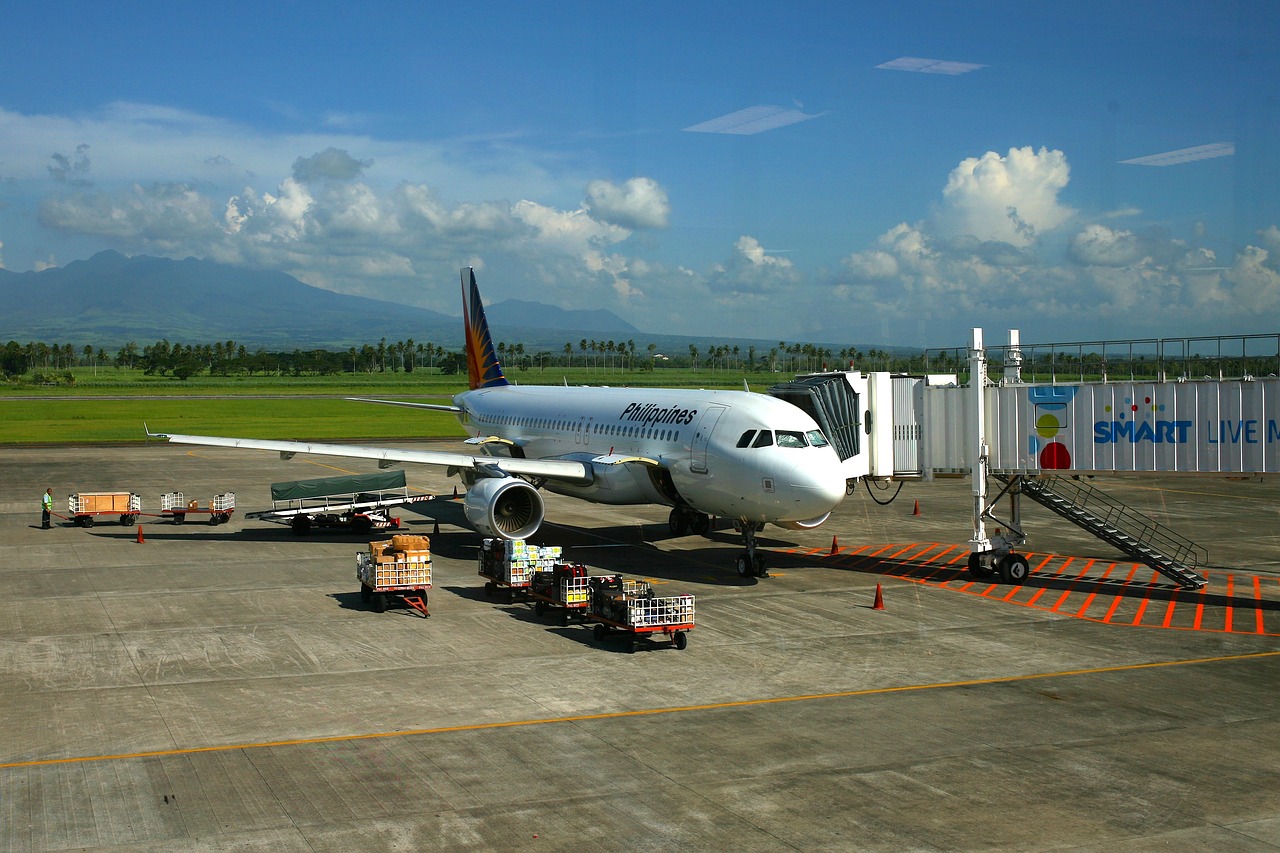Philippines Video
Language and Communication: Overcoming Barriers in the Philippines
Language and communication are vital aspects of human interaction, enabling individuals to express themselves, convey information, and build connections. In the Philippines, a diverse country with over 180 languages and dialects, language barriers can pose challenges in various aspects of life. This article explores the importance of language and communication in the Philippines and discusses strategies and initiatives aimed at overcoming these barriers.
The Significance of Language in the Philippines
Language plays a crucial role in the cultural fabric of the Philippines. Tagalog, also known as Filipino, serves as the national language and is widely spoken across the country. However, numerous regional languages, such as Cebuano, Ilocano, and Hiligaynon, are also spoken by significant portions of the population. These languages contribute to the rich diversity and multiculturalism of the Philippines.
Philippines Image 1:

Language Barriers and their Impact
1. Dialectical Differences: The multitude of languages and dialects spoken in the Philippines can create barriers to effective communication, particularly when individuals from different regions interact. Understanding and interpreting different dialects can be challenging, hindering seamless communication and mutual comprehension.
2. Education: Language barriers can affect educational opportunities and outcomes. Students who speak different languages may struggle to understand classroom instruction delivered in a language that is not their mother tongue. This can impede their ability to learn, participate, and excel academically.
3. Workplace Communication: In a professional setting, language barriers can hinder effective communication between colleagues, clients, and customers. Misunderstandings can lead to errors, delays, or even strained relationships, impacting productivity and overall success.
4. Healthcare Access: Language barriers can present challenges in accessing healthcare services, particularly for individuals who do not speak the dominant language of the healthcare provider. Clear communication is crucial in medical settings to accurately diagnose and treat patients, making language barriers a potential obstacle to quality healthcare.
Strategies to Overcome Language Barriers
To address language barriers and promote effective communication in the Philippines, various strategies and initiatives have been implemented:
1. Language Policies: The government has implemented language policies that aim to promote the use of Filipino as the national language while respecting the regional languages and dialects. These policies encourage bilingual education and the development of language proficiency in both Filipino and regional languages.
2. Translation and Interpretation Services: Providing translation and interpretation services can bridge the language gap in various sectors. Government agencies, educational institutions, and healthcare facilities often employ translators and interpreters to assist individuals who do not speak the predominant language.
3. Multilingual Education: Implementing multilingual education programs in schools can help students develop proficiency in both Filipino and their regional language or dialect. This approach promotes inclusivity and ensures that students can learn effectively in their mother tongue.
4. Language Exchange Programs: Language exchange programs facilitate interaction and cultural exchange between individuals who speak different languages. These programs encourage language learning, foster understanding, and break down communication barriers.
Philippines Image 2:

Technology and Language Access
Advancements in technology have also played a significant role in overcoming language barriers in the Philippines. Here are some notable examples:
1. Translation Apps: Mobile applications that provide real-time translation have become increasingly popular. These apps enable users to communicate across language barriers by translating spoken or written words instantly.
2. Online Language Learning Platforms: The internet offers a wealth of resources for language learning. Online platforms and courses allow individuals to study different languages at their own pace, fostering language proficiency and facilitating communication.
3. Automatic Speech Recognition: Automatic Speech Recognition (ASR) technology has made strides in accurately transcribing spoken language. ASR systems can help bridge communication gaps by providing real-time transcriptions or subtitles during conversations or presentations.
Community Engagement and Cultural Sensitivity
1. Community Language Programs: Local communities can organize language programs and initiatives to preserve and promote their native languages. These programs may include language classes, cultural events, and storytelling sessions to foster language retention and revitalization.
2. Cultural Sensitivity Training: Raising awareness and promoting cultural sensitivity can enhance communication across languages and cultures. Training programs can educate individuals about different cultural practices and communication norms, fostering understanding and respect.
Philippines Image 3:

Conclusion
Language and communication barriers pose challenges in the Philippines due to its linguistic diversity. However, through language policies, translation services, multilingual education, technological advancements, and community engagement, these barriers can be overcome. Embracing linguistic diversity and promoting effective communication will contribute to a more inclusive and cohesive society in the Philippines.
References
– Official Gazette of the Philippines: www.officialgazette.gov.ph
– Commission on the Filipino Language: komisyonngwikangfilipino.ph
– Department of Education: deped.gov.ph
– Translators Association of the Philippines: translators.org.ph


